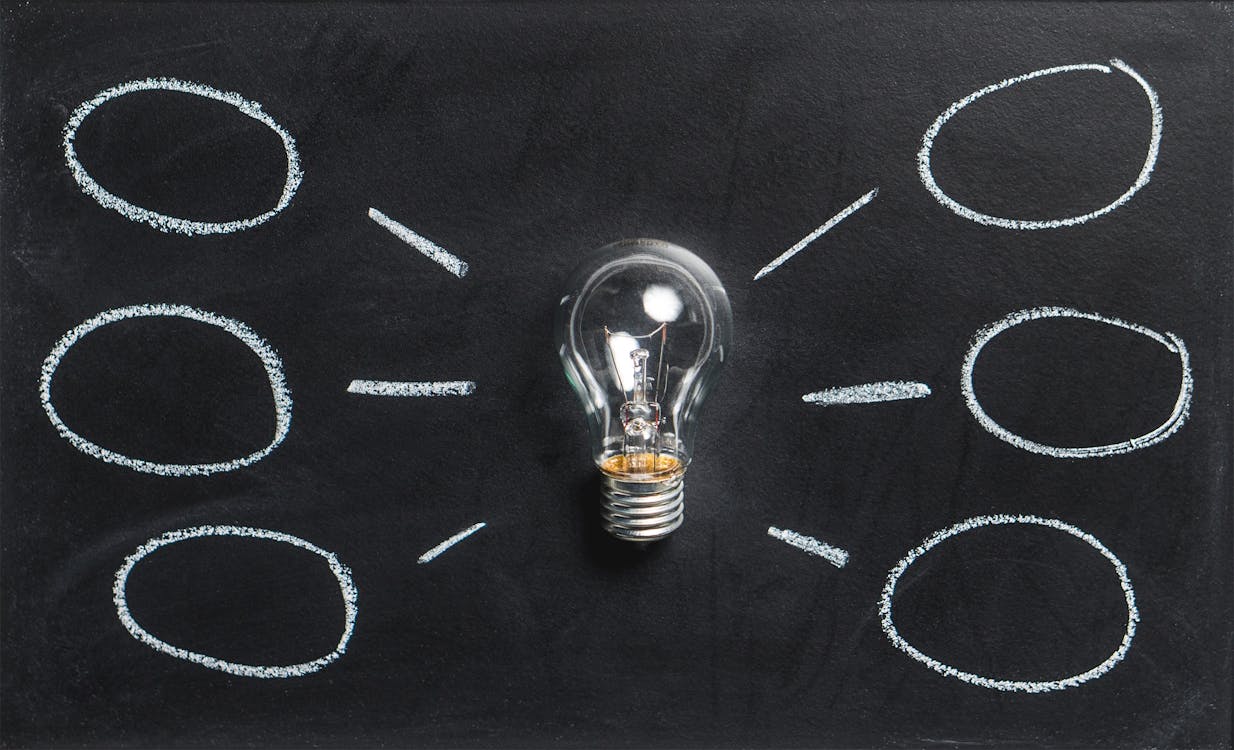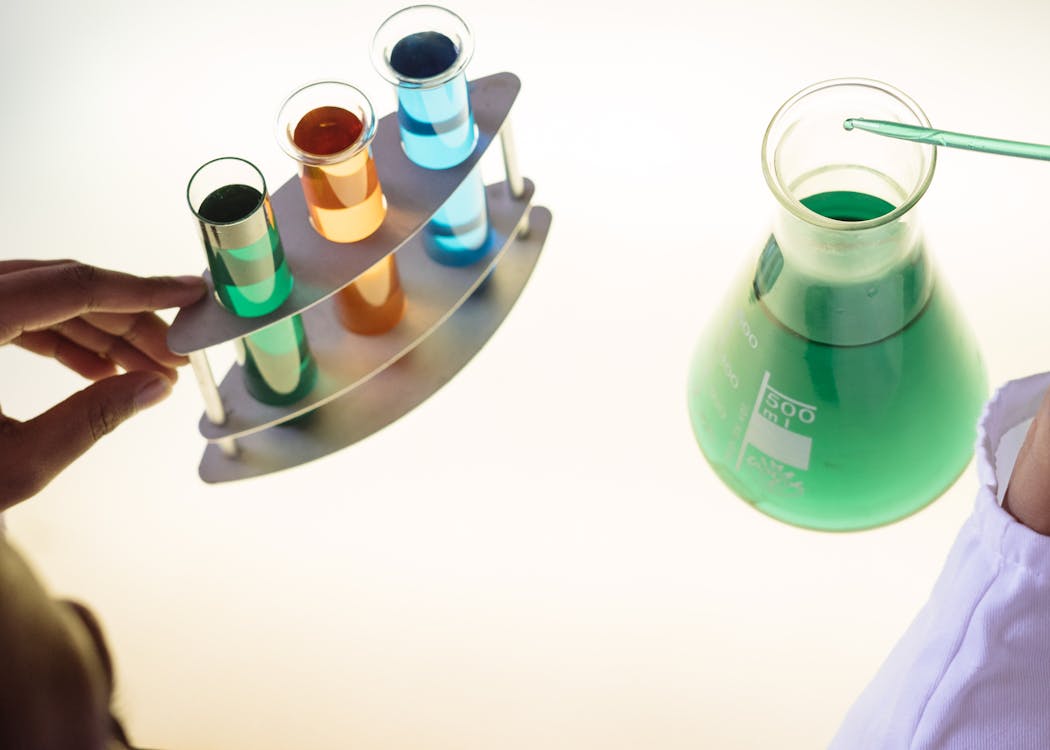Throughout the centuries, education has been changed to meet the needs of society. Today, education is a complex combination of science, technology, and learning.
The 19th century saw the invention of the common school system, which required children to attend a public school from 8 to 14 years old. Then in the 20th century, progressive education reforms emerged.
The Discovery of Education
Discovery Education is the worldwide tech leader whose state-of-the-art digital platform supports learning wherever it takes place. With award-winning content, intuitive classroom tools, and professional learning solutions, educators use Discovery Education to engage students in new ways that boost academic achievement on a global scale.
The company’s flagship product, Discovery Education Experience, combines one-of-a-kind content, experiences, creation tools, and research-based instructional strategies into an integrated, cloud-based service that inspires educators to go beyond traditional teaching methods with engaging content, innovative technology solutions, and intuitive curriculum. Origo helped Discovery Education create a brand launch strategy that was able to leverage the company’s rich multimedia assets to demonstrate the platform’s capabilities.
For example, the brand’s new The Future is Now Virtual Field Trip is the newest addition to their growing collection of immersive videos and Virtual Field Trips that engage students and support educators in any learning environment.
Also, the company recently launched a professional learning series designed to help teachers implement its latest technologies in the classroom and recognize the full return on their education technology investment.
Another highlight is DNA Decoded, an educational program that introduces students to the real-world applications and impact of genetic sequencing.
This program is specifically designed for educators teaching grades 9-12 and features lessons and activities that demonstrate how recent advances in genomics have changed the world in ways we can’t even imagine.
There is no question that science, technology and engineering have transformed our lives and are changing the way we think about everything from how we communicate with each other to the types of jobs we can do in our future.
However, Schneider said it is only when these technologies are put to work in the classroom that they will truly have a meaningful effect on student learning and overall educational outcomes.
The Discovery of Science
The discovery of science is one of the cornerstones of education. It begins with a child learning about the world around them, observing and recognizing patterns, gaining an understanding of the four domains of science (physical science, life science, earth and space science, and engineering, technology, and applications) and developing the ability to explain their observations.
The first significant discovery of science took place in 1957, when the Soviet Union launched Sputnik--the first man-made satellite.
The sudden appearance of Sputnik, coupled with its significance to the Cold War, prompted a flurry of soul-searching among scientists and educators across the country.
Educators responded to this shock with a wave of creative collaborations, both inside and outside the University. Faculty members from the College of Arts & Sciences and the School of Education were joined by professors from the College of Engineering and other university departments, resulting in an interdisciplinary effort to improve STEM education.
As an example, a SMEC project with the Boston Museum of Science brought together scientists from CAS and SED who worked with museum exhibit designers to develop new exhibits that would teach students about the scientific process in a hands-on way. Another example was an SED-led project that created a virtual science laboratory for students in grades 5-8 to learn about the submicroscopic properties of liquid water, using supercomputers and advanced graphics.
Today, we are proud to continue this tradition of supporting teachers and students with our award-winning science curriculum products.
These resources ignite student curiosity and empower them to ask the questions they want to investigate, generating critical scientific literacy skills and sensemaking.
In addition to the aforementioned curriculum products, Experience--Discovery Education’s flexible K-12 platform--connects educators to a vast collection of compelling high-quality, standards-aligned content, ready-to-use digital lessons, and professional learning resources that give educators everything they need to facilitate instruction in any learning environment and create lasting educational impact.
Whether they’re exploring the mysteries of the universe or tackling local to global challenges, students will activate their inner explorers and propel them to success in college, careers, citizenship, and beyond.
With immersive hands-on activities, rich interactive resources and embedded differentiation tools, they’ll understand key concepts in a variety of ways and grow their skills to become the next generation of scientific innovators.
The Discovery of Technology
Across the globe, schools are incorporating more and more technology into their curriculum to make learning more fun and engaging for all students. The benefits are clear – students are becoming more motivated to learn, as well as learning new skills such as coding and digital media.
The key to implementing these digital projects is to create a supportive environment for both students and teachers, while also ensuring that the project delivers a measurable impact on student learning outcomes. For example, a local school in the UK introduced a Digital Learning Hub with a focus on digital literacy.
Students were given 30 Asus Transformer tablets, pre-loaded with educational software, to help them engage in their studies at home, on the go, and in class.
These devices have rekindled a passion for learning amongst the whole school, as well as improved student confidence.
In the UK, a forward-thinking school in Birmingham has seen how introducing digital learning can spark a love of learning that lasts forever. The school has transformed itself from a traditional, brick-and-mortar high school to a modern, online-focused institution.
It is one of many examples of how a school can incorporate more technology into its curriculum to supercharge its students’ passion for learning and to provide them with the tools to become the future leaders they want to be.
It has also embraced the Microsoft Innovative Teacher Programme to help equip teachers with more digital skills, and a range of new technologies that can be used in their teaching, such as the use of drones for virtual field trips, robotics, augmented reality, and video game design.
Embracing the full breadth of new technologies is not an easy thing to do. Educators face a number of challenges, including improving digital literacy and the integration of formal and informal learning; managing knowledge obsolescence; and rethinking roles and responsibilities.
These 'wicked' problems need to be addressed in order to unlock current barriers to the advancement of educational technologies and ensure that these developments continue to benefit students throughout their lives.
The Discovery of Learning
Discovery learning is an instructional method that involves learners engaging with a variety of resources, both digital and non-digital. Often, learning occurs through collaborative problem-based activities and hands-on laboratory experiences.
It is a more student-centered, inquiry-based approach to learning and is considered a hallmark of the 21st-century classroom.
It’s a great way to develop critical thinking and research skills while encouraging students to explore their interests, sharpen their abilities, and have fun! This is especially true for students with special needs.
One of the most successful methods of incorporating discovery learning is through the use of technology.
This is because it allows educators to bring the outside world into their classrooms, capturing students’ interest in topics that matter and giving them the tools they need to succeed.
This is why Discovery Education provides a variety of technology resources to help teachers implement this type of teaching in their classrooms.
These include the Discover Education platform, which provides a vast collection of ready-to-use digital lessons and curated collections, as well as an extensive array of collaboration tools and professional development resources.
In addition, Discovery Education has recently introduced new time-saving features that make it easier than ever for teachers to find what they need when they need it.
This includes a brand-new Explore page that empowers educators to easily browse through the company’s more than 200,000 unique digital resources by subject, then offers personalized suggestions based on their activity in the platform, grade levels and topics of interest.
Another time-saving feature is My Classrooms, a sleek and intuitive interface that helps teachers more easily track their students’ progress in Discovery Education.
This new tool lets educators quickly view student scores and assignments, as well as identify and support students who are struggling with a particular task.
With its state-of-the-art technology and innovative curriculum, Discovery Education serves 4.5 million teachers and 50 million students across the globe. The company’s acclaimed digital textbooks and multimedia content, combined with the largest professional learning community in the industry, make it a leading force in educational excellence.
Education became more widespread during the Industrial Revolution
Many schools were established during this time, and educational opportunities expanded beyond just wealthy or elite individuals.
The introduction of compulsory schooling laws in many countries also helped to ensure that all children had access to at least basic education.
New subjects such as science and technology were introduced into school curriculums in response to the changing needs of society.
Education was no longer just about learning classical languages or literature but also equipping students with practical skills that would be useful in their future careers.
The expansion of education during the Industrial Revolution paved the way for greater social mobility and economic prosperity.
Individuals from lower socio-economic backgrounds could now receive an education, which allowed them to secure better jobs than their parents before them.
It is undeniable that the Industrial Revolution played a crucial role in expanding access to education across society. Thanks to these developments, we have reaped countless benefits from having a more educated population today!
Today, education is an integral part of most societies
Education has come a long way from its early beginnings in ancient Greece. Today, it is an integral part of most societies around the globe. This is evident from the fact that education systems have been established in almost every country worldwide.
A good education system plays a vital role in shaping individuals and societies for the better. It provides people with knowledge, skills, and competencies that help them function effectively in their personal and professional lives.
The benefits of education are many.
Educated individuals tend to make informed decisions about important matters such as health, finances, and politics. They also contribute positively to society by creating jobs, improving productivity levels, and promoting economic growth.
Moreover, education helps break down social barriers by providing equal opportunities for all members of society regardless of their background or socio-economic status. In addition to this, it promotes cultural exchange between different communities which fosters mutual respect and understanding.
Education has evolved significantly over time into what we know today as an essential aspect of human life across various cultures globally.
Its importance cannot be overstated enough; it empowers individuals with knowledge while contributing immensely towards societal development and fostering global cooperation through cultural exchange programs amongst others.
How to Utilize American Education Services for Success
Conclusion
The discovery of education has a long and fascinating history that spans over centuries. From ancient Greece to the Renaissance, from the Industrial Revolution to modern times, education has evolved and developed in countless ways.
Today, formal education is widely available and considered an essential part of most societies. It provides individuals with knowledge and skills that are necessary for personal growth as well as social progress.
As we move forward into the future, it's exciting to think about how education will continue to evolve and adapt. Perhaps new technologies or teaching methods will revolutionize the way we learn. Whatever changes lie ahead, one thing is certain: Education will always be an important cornerstone of our society.



